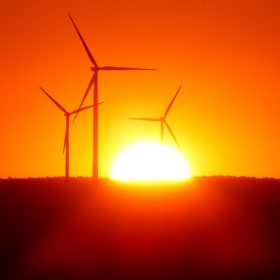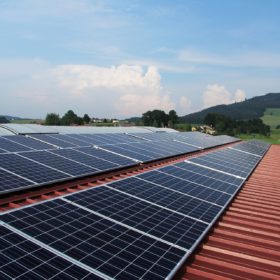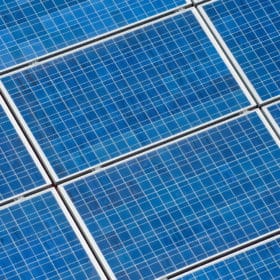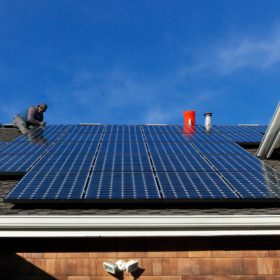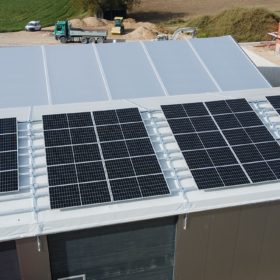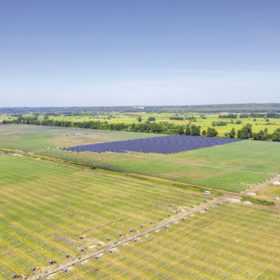Complementary hybrid PV systems can reduce reliance on storage
Looking back over years of research into the topic of hybrid systems based on different combinations of solar, wind, hydro and other renewables, an international group of scientists found strong potential for strategies to exploit complementarity between the different sources integrate more intermittent renewables onto regional and national grids. The scientists present a series of conclusions and recommendations that aim to push research in hybrid renewables forward.
Solar claims all the 700 MW allocated in Poland’s latest small-scale renewables auction
Once again, solar was the only technology competing in the procurement exercise for renewables not exceeding 1 MW in size. The ERO reported a minimum price of PLN228.7/MWh ($61.2), which compares to PLN269.0 a year earlier.
Bulgaria and Romania set to be EU solar hotspots
Each of the nations, like Greece, will have gigawatt-plus solar additions in 2024, according to Solarpower Europe, enough to carve out a 3% slice of an anticipated 35 GW regional market.
Poland allocates 800 MW of solar in mixed PV-wind auction
Overall, the Polish energy regulator has allocated 1.7 GW of renewable energy capacity in a procurement exercise that was open to projects exceeding 1 MW in size. The auction concluded with a lowest price of $0.051/kWh, slightly up from the auction of the same kind held last year.
How to minimize grid purchases in storage-integrated PV systems
Scientists in Poland have developed a machine-learning method to help solar+storage system owners manage battery charging and discharging, so they can avoid buying power from the grid.
World could add more than 900 GW of solar by 2025 if politicians grasp the nettle – IEA
With the International Energy Agency publishing its latest five-year clean energy forecast today, pv magazine takes a look at the solar content of the 162-page document.
Photovoltaic tent hall for temporary solar power supply
Polish companies Pol-Plan and Solarspot have developed a solution to equip tent halls with photovoltaic systems. The modules are mounted on a special construction above the roof, made of PVC.
EBRD backs green bond issued by Polish utility
The London-based lender has committed more than €50 million to the €218 million exercise which will cost issuer Tauron more to finance if the utility falls short of its 2030 decarbonization targets.
Poland added 421 MW of PV in August-September period
The country’s cumulative installed PV power hit 2.68 GW at the end of September. Newly installed capacity for the first 10 months of the year has surpassed 1.3 GW.
South African renewables jobs should be in coal regions
A study into the potential pitfalls of the shift to clean power in the nation’s coal-dependent energy mix, pointed out almost all of South Africa’s solar farms are far to the south and west of the coal regions likely to bear the brunt of job losses in a country which already has 29% unemployment.
